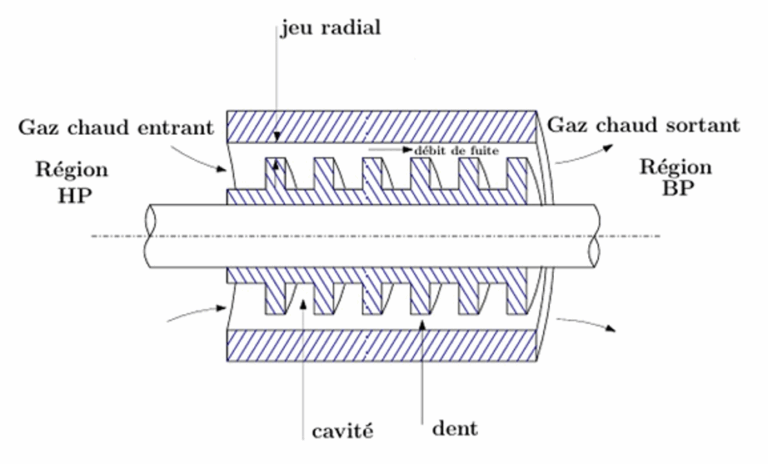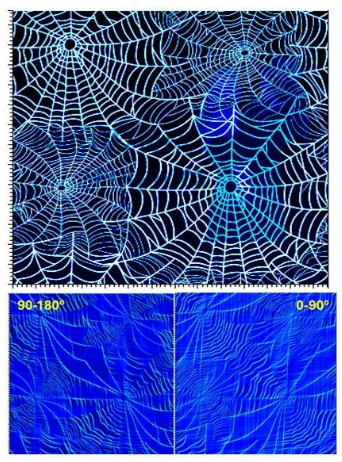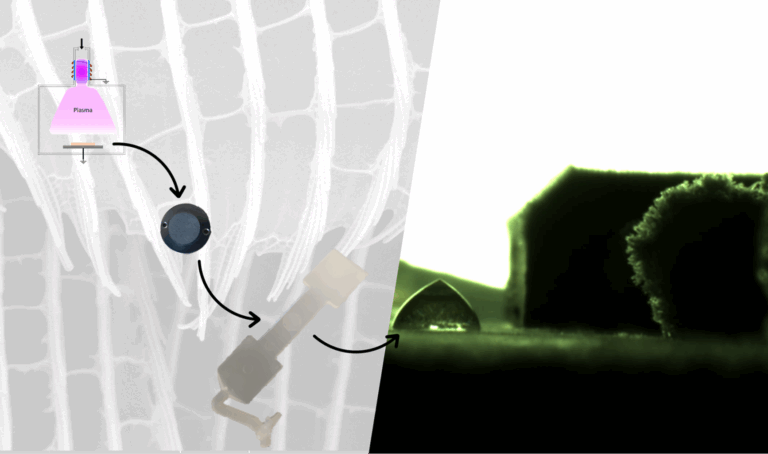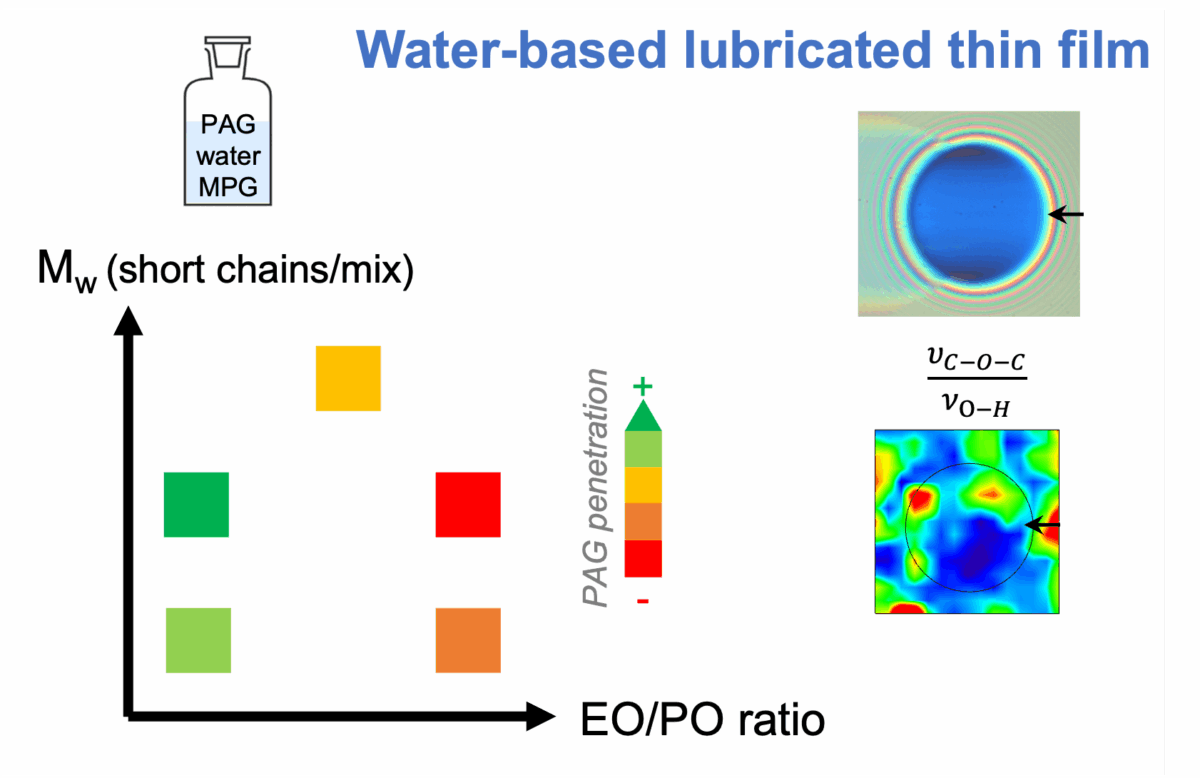« Thin Film-Formation Mechanisms of Aqueous Lubricant in Elastohydrodynamic Lubrication »
Date de publication : 29/04/2025
Dernières
Actualités
 Soutenances de thèse
Soutenances de thèse Soutenance de thèse de Hayat SALEH le 17/12/2025 : Analyse multi-échelle d’un élément de paroi biosourcé mécaniquement renforcé
Lire l'article Soutenances de thèse
Soutenances de thèse Soutenance de thèse de Benjamin LEGRAND le 11/12/2025 : Reproduction en environnement virtuel de scènes urbaines nocturnes
Lire l'article Soutenances de thèse
Soutenances de thèse Soutenance de thèse de Giorgia FOSCHI le 12/01/2026 : Etude expérimentale et analyse des joints labyrinthes dans les moteurs spatiaux
Lire l'article Soutenances de thèse
Soutenances de thèse Soutenance de thèse de Garance LIABOEUF le 26/01/2026 : Évolution de l’adhérence de revêtements routiers en fonction de facteurs environnementaux
Lire l'article Actualités
Actualités Exceptional Mechanical Tension and Elasticity of the Spide Web
Lire l'article Soutenances de thèse
Soutenances de thèse 




